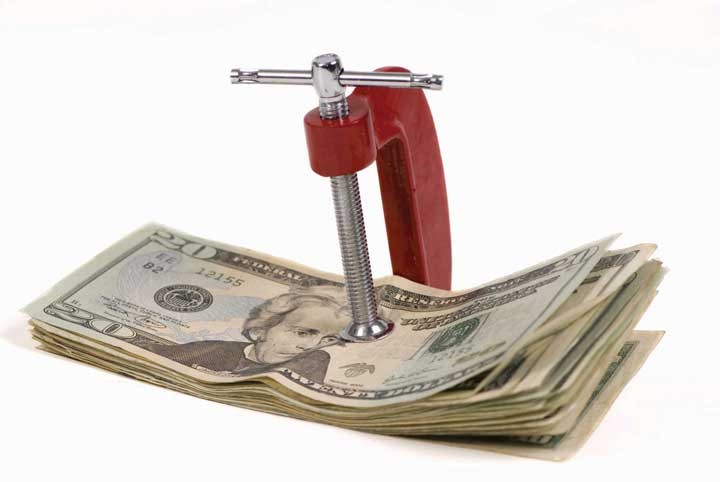Too often, we get to the end of a buying cycle and pricing becomes the issue. The deal stalls, the customer may discuss a competitor’s lower price, they are looking for concessions. The “D” word–discount–dominates the discussion.
Price will always be an issue, but it becomes the winning/losing issue when we fail to establish a strong based of differentiated value, and because we have failed to focus the customer on the goals they are trying to achieve.
Early in their buying process, we have to help the customer understand and quantify the consequences of doing nothing. We have to continue to build on this, reinforcing it and helping the customer internalize it through the buying process.
At the same time, we have to help the customer build their business case for the solution. Inevitably, the business case is more than just the price of what they buy from us, it’s the costs they incur in implementation and managing change. It’s the risks they undertake in making the change.
And we are always working with them, making sure they understand how we will help them manage those risks and achieve their goals.
By the end of the buying process, if we’ve done our jobs, the customer clearly sees a huge gap between the costs of doing nothing and the costs of the change.
Then we reach that moment, when the customer says, “I want to buy, you clearly have the best solution, but your price is too high….”
Now rather than discussing price, we focus on the discussion on the business outcomes. If they choose to do nothing, then they will not achieve the business value they expected to achieve in the implementation of the solution. It’s amazing how quickly this moves the focus from our price.
As an example, some years ago, a client wanted me to reduce my price by about $300K. Why he felt he deserved that, why it was $300K, I didn’t really understand. But when I called his attention to the fact that every month he deferred making a decision, he was losing $40M in revenue. I asked, “Does it make sense to defer achieving these goals for this difference.
When I presented this, he paused for a moment, thought, then smiled, “I’m being a little silly, aren’t I? We need to move ahead…..”
What I was able to do was make the critical issue the capture of an incremental $40M in revenue, not the $300K in price reduction he sought.
But if we’ve failed to establish this difference early in the buying cycle, and if we’ve failed to re-validate it through the buying cycle, we have no possibility of shifting the conversation from price to the value/goals the customer expects to achieve.
Yes, some of you will say, “But they will talk about the competitor’s price…..”
Yes, they will, but if you haven’t established the clear differentiation and value of working with you over the competition, then you have made price the only differentiator.
Managing the pricing objection must start early in the buying process and you must continue to focus the customer on the value of the change through the process.

Leave a Reply